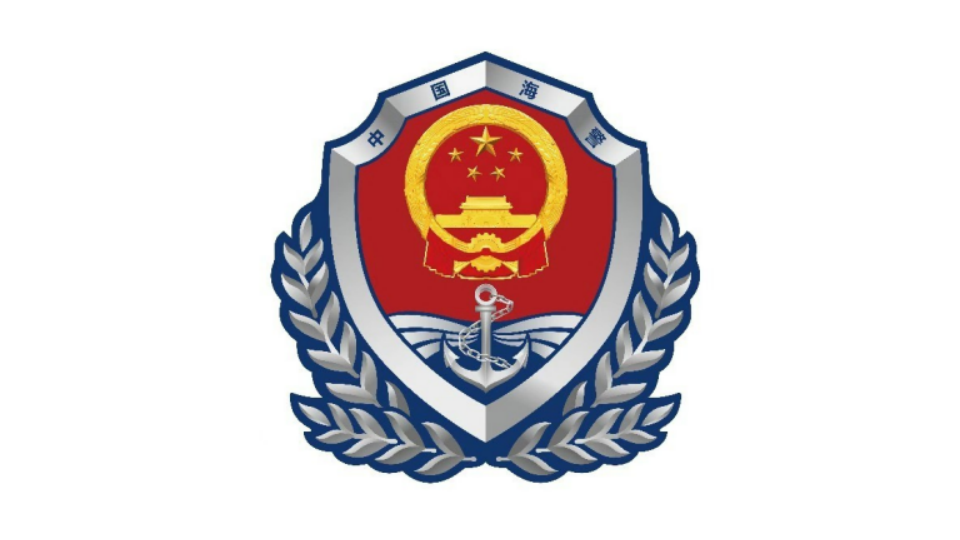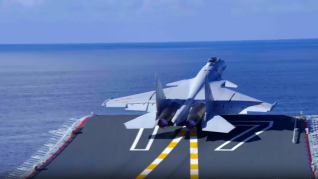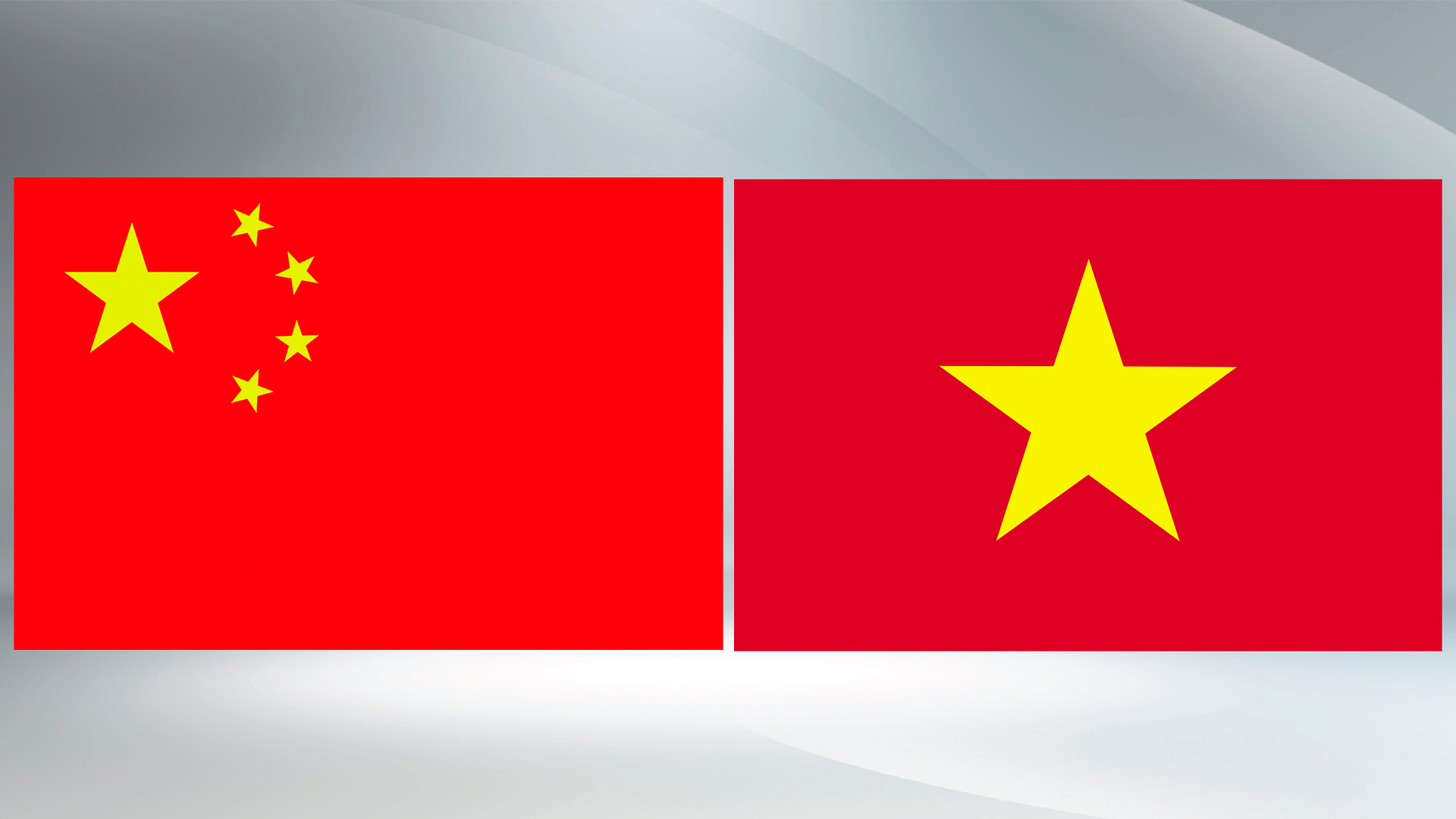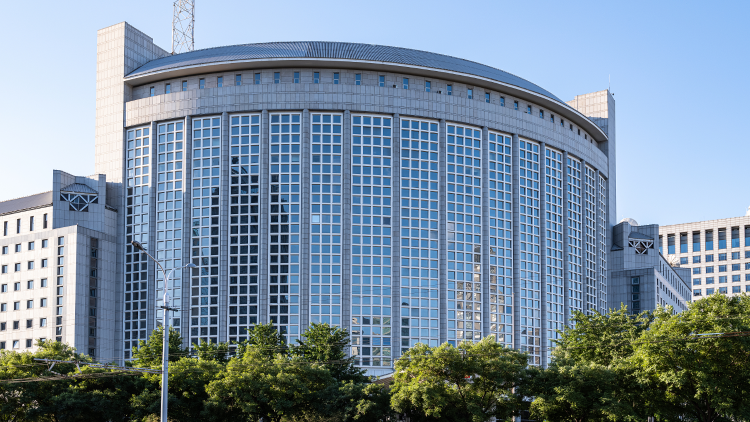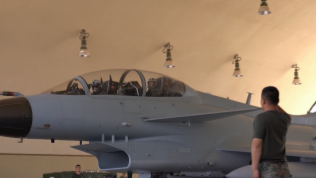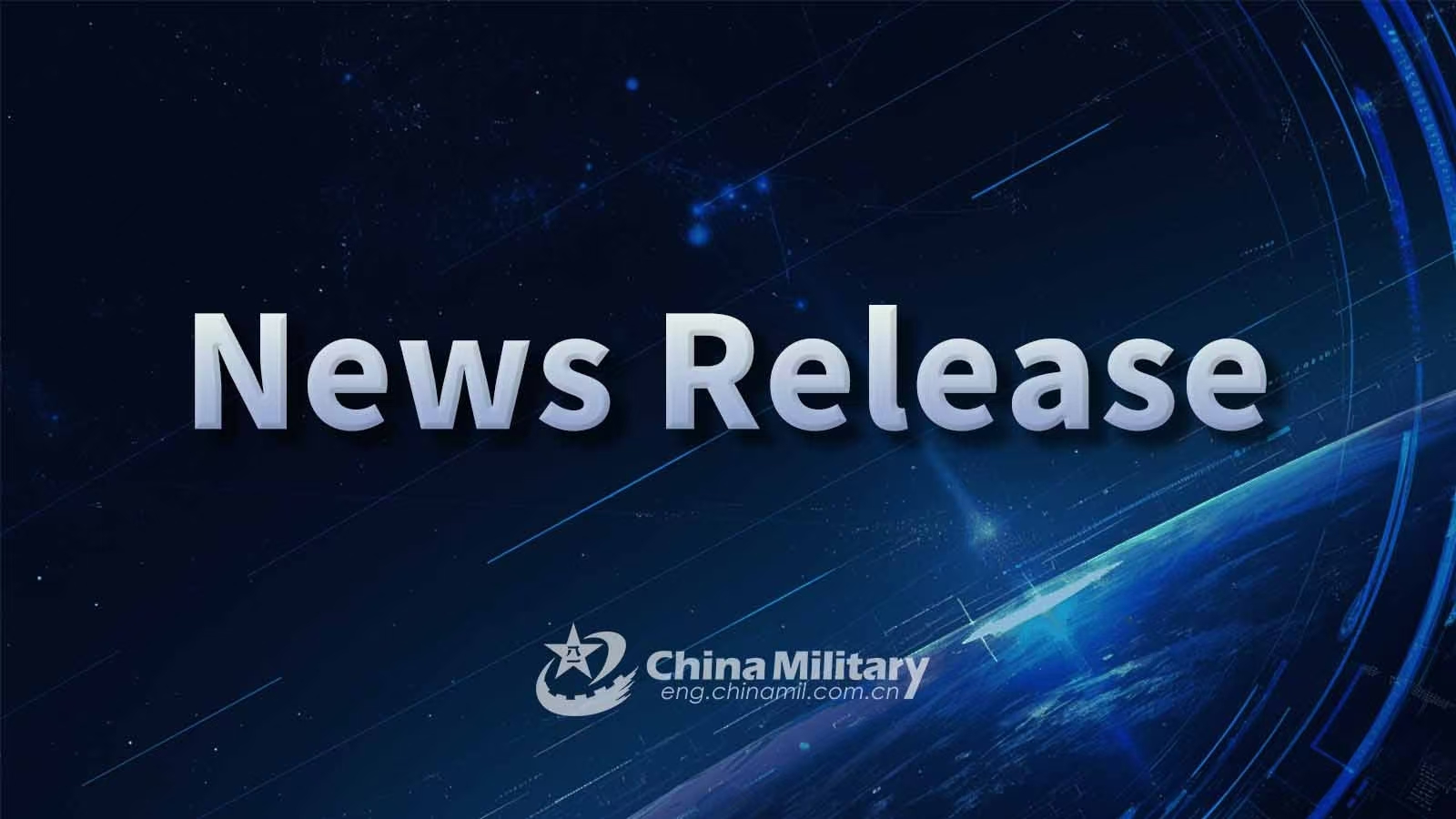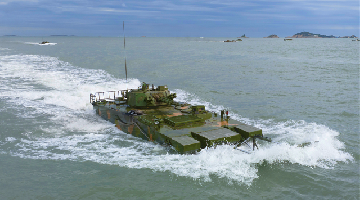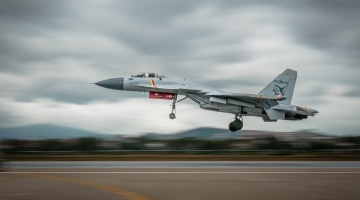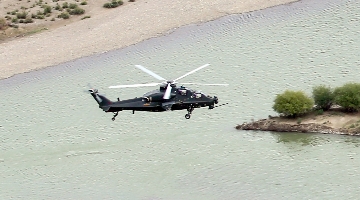
By Liu Shigang
As a losing party in WWII, Japan formulated its Peace Constitution after the war and set many restrictions on itself in terms of defense, including not exporting weapons to other countries, defense expenditure not exceeding 1% of GDP, and announcing the “Three Non-Nuclear Principles” of “not possessing, not producing and not permitting the introduction of nuclear weapons into Japan”. However, for many years, the Japanese government has constantly broken relevant policy restrictions in an attempt to hollow out the Peace Constitution, with its defense policy becoming increasingly offensive.
Not long ago, Japanese Prime Minister Fumio Kishida announced at the joint press briefing after his meeting with US president Joe Biden that Japan will fundamentally reinforce its defense capabilities and increase its defense budget by a large margin. That was the latest development of Japan’s endeavor to break free from the Peace Constitution and change the current defense policy.
Japan may double defense budget
Itsunori Onodera, former defense minister and chairman of the LDP’s Research Commission on Security, suggested the Japanese government follow NATO’s standard and raise the cap on the proportion of defense budget in GDP from 1% to 2% in the next five years. This suggestion, if adopted, will double Japan’s current defense budget at least.
The country’s defense budget already hit 6.17 trillion Yen in 2022. According to numbers published on the website of the Japanese Ministry of Defense, the JSDF has about 268,000 members at the moment, which means its per capita defense budget in 2021 was 30% of US$572,000, the per capita defense budget of US members.
If Japan were to increase its defense budget to over 2% of GDP, then JSDF’s per capita defense spending would exceed 60% of the American number, and Tokyo would definitely break the balance of power in the region.
Japan to move from “exclusive defense orientation” to “preemptive action”
Japan has been complying with the exclusively defense-oriented policy since the end of WWII, but not so strictly and willingly in recent years. At the beginning of this century, it bought a lot of US-made missile defense systems to obtain the capacity to issue an early warning and attack an enemy country’s missile launch bases. Itsunori Onodera said JSDF’s “counterstrike capability” should include the ability to attack the enemy when realizing its intention to attack Japan.
Japan is currently developing a cruise missile with an alleged range of 1,000km and new types of ground-to-air, air-to-ship and ship-to-ship missiles, with the possibility of developing medium and long-range ground-to-ground missiles further down the road to enable itself to make so-called “preventive attacks” against other countries. By that time, the “exclusively defense-oriented” policy will be nothing but an empty shell.
“Exception” of weapon provision is a bad beginning
After the Russia-Ukraine conflict broke out, Japan passed the revision to the Implementation Guidelines for the Three Principles on Transfer of Defense Equipment and Technology, allowing its defense minister to provide JSDF’s defense equipment to Ukraine. This was the first time that JSDF provided defense equipment to a party engaged in an ongoing war.
What Japan did was not only a serious breach of the spirit of “settling international disputes by peaceful means” enshrined in the UN charter, but also went against the rule in its Three Principles on Transfer of Defense Equipment and Technology that it is prohibited from transferring defense equipment to a country currently engaged in a conflict.
With this bad precedent, it’s possible that Japan will repeat this trick – making an ad-hoc revision to the three principles and giving itself the legal basis to provide JSDF’s weapons and equipment to a conflicting party – whenever something happens in its surroundings, paving the way for external military intervention.
In 2014, Japan, by revising the constitutional interpretations, lifted the ban on collective self-defense in a limited way, and expanded the conditions for it to use force “when an armed attack against a foreign country that is in a close relationship with Japan occurs and as a result threatens Japan’s survival and poses a clear danger”. These successive, cumulative deviations of Japan’s defense policy are sending a dangerous signal, and all parties should raise a high alert.
(The author is from the Institute of War Studies of the PLA Academy of Military Sciences)

